Neobanks leverage mobile platforms to reach the unbanked and underbanked in underserved markets. Their ecosystems offer access to essential banking tools without the need for physical branches. These Neobank digital banking solutions play a crucial role in modern financial environments.
By tapping into alternative data for credit scoring, neobanks serve users excluded by traditional banks. Young adults, and immigrants can now access personalized credit and savings solutions. This aligns with global goals like those outlined by the World Bank.
Third-party integrations expand service offerings. Many neobanks provide budgeting tools, lending platforms, and insurance access, giving users a full financial suite. For small businesses and MSMEs, instant payments, and integrated payroll services.
Strategic collaborations with legacy banks further regulatory compliance. For instance, in markets like Brazil and India, hybrid models allow neobanks to offer insured deposits while retaining agility. These partnerships enhance credibility and user confidence.
Neobanks are uniquely positioned to reduce inequality in access to capital and foster financial growth in underserved countries.
Criteria for Ranking Neobanks
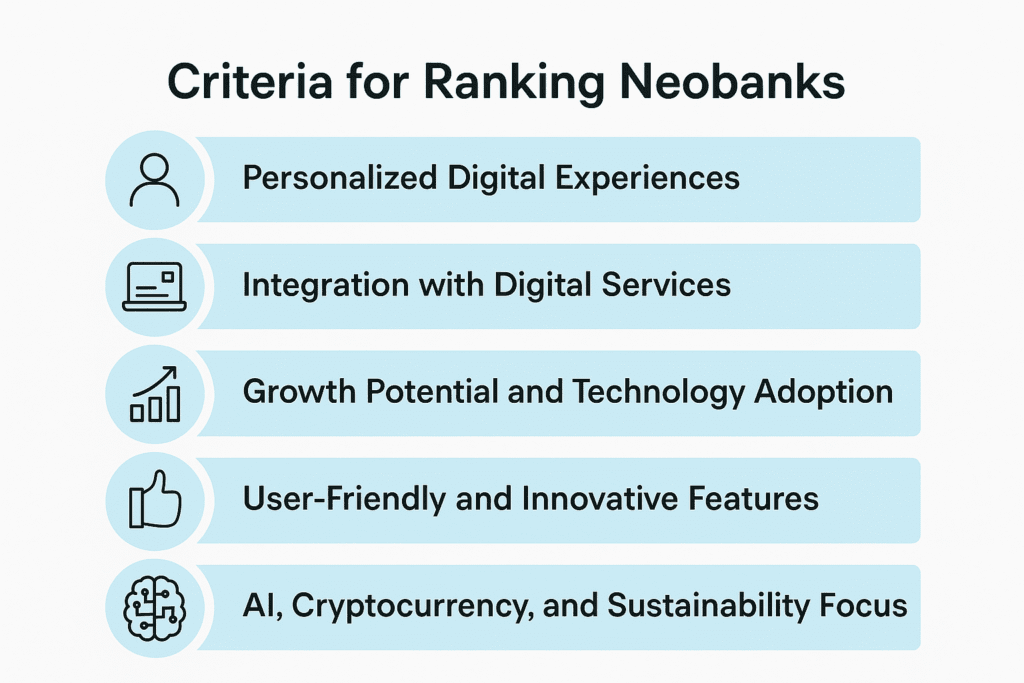
Neobanks are assessed on digital personalization, product variety, and integration. Leading institutions use data analytics to deliver customized services, offering spending insights, tailored alerts, and smart recommendations.
Success depends on mobile optimization and intuitive user interfaces. Customers expect real-time support, seamless onboarding, and omnichannel access. According to Deloitte, over 70% of users rank UI/UX as their top priority in choosing a digital bank.
We also consider fintech scalability, growth in user base, and alignment with regulatory frameworks. Sustainable and inclusive practices are essential. The best neobanks support ESG goals and use green technology.
Innovative features such as crypto integration, peer-to-peer payments, and AI-driven support raise the bar. Platforms like Monzo and N26 lead by adapting to shifting consumer expectations.
Sustainability, social impact, and open banking adoption complete the ranking formula. Top neobanks empower underserved users with personalized, affordable financial solutions.
Neobank 1: Pioneering Hyper-Personalization
Neobank 1 uses artificial intelligence and machine learning to create hyper-personalized user experiences. Users receive unique product suggestions, alerts, and insights based on their behavior.
The platform provides predictive analytics that help users manage budgets, expenses, and avoid overdrafts. Real-time categorization makes budgeting easier, while graphical dashboards show clear financial trends.
Their app visualizes data in digestible formats, helping users understand their financial health. Tools include goal-based saving prompts and contextual advice for better financial planning.
Neobank 1’s success lies in its feedback loops and data-driven insights. These features offer users more control and promote financial literacy.
Neobank 2: Championing Sustainable Banking
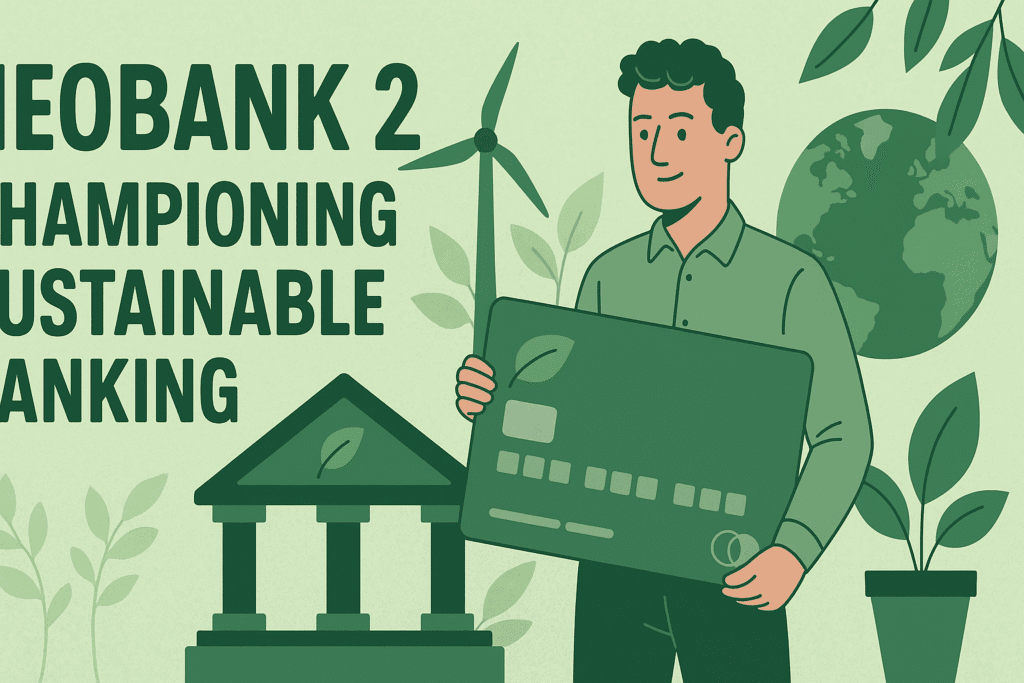
Sustainability is at the core of Neobank 2. The platform allows customers to track their carbon footprints and offset them with donations. Products like biodegradable debit cards and paperless statements reduce waste.
Many neobanks now offer ESG-compliant portfolios. Neobank 2 invests deposits into energy and social development projects. Their commitment mirrors global efforts like the UN’s Sustainable Development Goals.
Eco-conscious features include planting a tree per transaction or rounding up spare change for climate funds. These initiatives promote user engagement and loyalty.
Neobank 2’s model is a blueprint for green digital banking. It shows how financial inclusion and sustainability can coexist effectively.
Neobank 3: Leading in Crypto Integration
Blockchain technology powers Neobank 3’s crypto offerings. Customers trade and store digital assets securely through in-app wallets.
The partnership between Kraken and Bunq demonstrates how neobanks are embracing over 300 crypto assets. Features include live price tracking, instant conversions, and secure custody services.
Blockchain integration also streamlines cross-border transfers, enhancing speed and cost-efficiency. It enables users to send money across borders within seconds, bypassing traditional banks.
This approach appeals to digital-native users in regions like LATAM and Africa. By supporting stablecoins and offering wallet backups, Neobank 3 ensures accessibility and safety.
The fusion of decentralized finance with regulated banking signals a future-ready neobank model.
Neobank 4: Simplifying Cross-Border Transactions
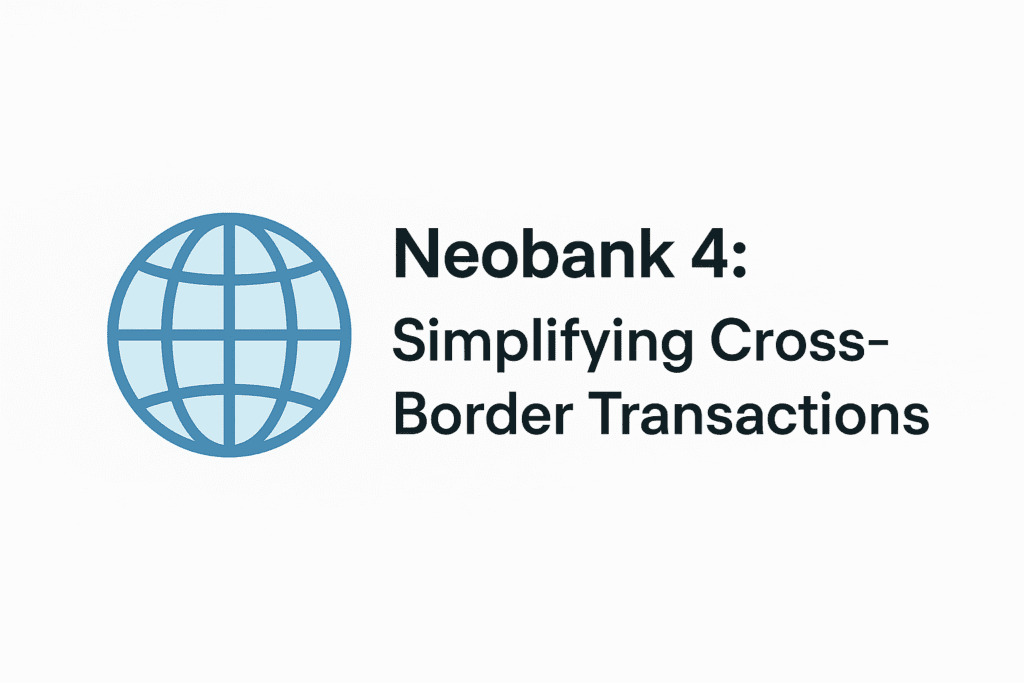
Neobank 4 focuses on simplifying international payments for SMEs and individuals. With API integrations into accounting systems, it automates invoicing and payroll.
This bank supports local currencies and offers real-time FX conversion. Companies doing business in multiple markets benefit from unified platforms for multi-currency management.
Revolut’s 2025 expansion into France underscores the importance of cross-border functionality. Neobank 4 provides frictionless payments, low fees, and compliance with global standards like SWIFT and ISO 20022.
Users avoid the delays and high fees often associated with legacy banking systems. With open banking APIs, transactions are fast, secure.
This model is especially relevant in emerging markets, where global remittances are vital.
Neobank 5: Redefining Embedded Finance
Neobank 5 is transforming finance by integrating banking into non-banking platforms. Through banking-as-a-service (BaaS) models, it embeds loans, payments, and insurance into everyday apps.
Users can pay for transport, groceries, or services directly through the app ecosystem. This contextual banking simplifies the user journey.
By offering APIs to e-commerce platforms, ride-sharing apps, and mobile operators, Neobank 5 reaches underserved users. In underbanked countries, these integrations enable users to perform financial actions without needing traditional bank accounts.
This model also enhances financial literacy by placing tools in places where users already spend time.
Neobank 6: Building Trust through Social Impact

Neobank 6 positions itself as a force for social good. Through partnerships with NGOs, it donates a percentage of each transaction to education, clean water, or health initiatives.
The bank enables users to choose causes, track impact, and receive rewards. These features strengthen user engagement and promote community values.
Its impact banking initiatives include microloans for women entrepreneurs and disaster relief funds. By aligning brand values with customer expectations, Neobank 6 drives deeper connections.
Transparency is built into the system. Users can see how funds are distributed and read updates from organizations.
In underserved regions, this socially driven model creates loyalty and long-term impact.
Neobank 7: Empowering Users with Innovative Solutions
Neobank 7’s digital-only design slashes costs and improves access. It offers no-fee accounts, instant transfers, and multi-language support.
Through open banking APIs, the bank links with financial tools like budgeting apps, investment platforms, and insurance providers.
Real-time fraud detection and secure logins ensure safety. Tools include biometric access, encrypted storage, and customizable alerts.
Collaborations with legacy institutions provide a strong compliance framework. In Nigeria and Indonesia, such models help meet local regulations while scaling access.
For more info go check out our blog primefinancetech
The Future of Neobanking: Beyond 2025
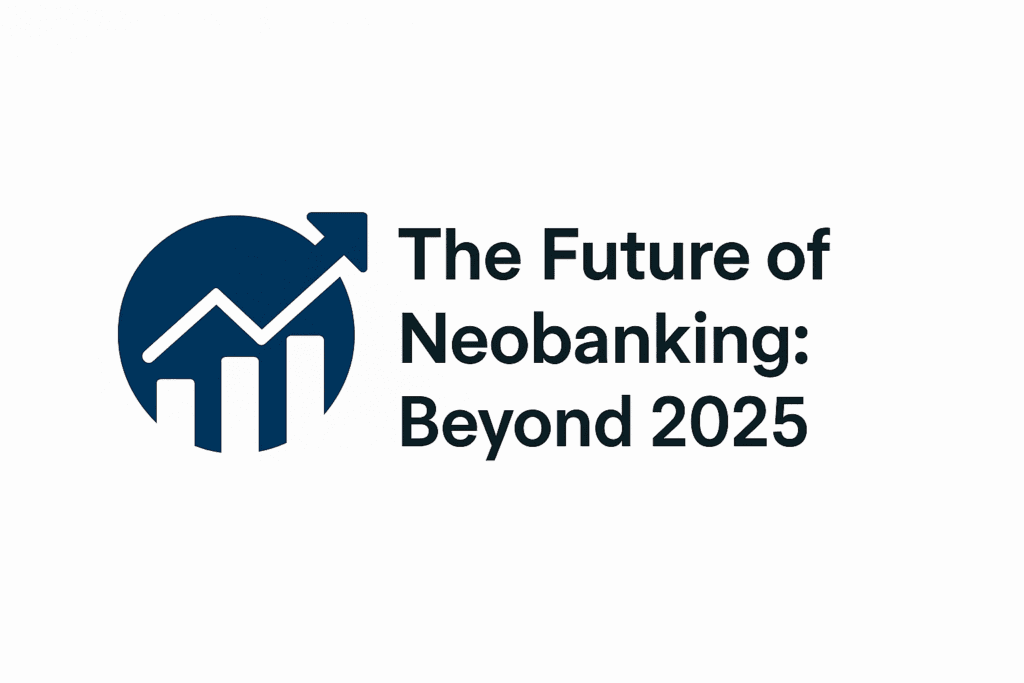
The global neobanking market is projected to reach $5.38 trillion by 2033, with a CAGR of 49%.
Technologies like AI, blockchain, and machine learning will redefine customer experiences. Expect more automation in lending, smarter investment tools, and biometric security.
According to the EY Global Banking Survey, 43% of customers use digital-only banks alongside traditional ones. This trend reflects a shift toward hybrid banking models.
AI will unlock new credit-scoring models using phone data, bill payments, and online behavior. This supports underserved users who lack formal credit histories.
Partnerships between neobanks will create modular services, allowing users to build custom banking experiences.
As regulations mature, digital banks must adapt quickly. Platforms that blend innovation with compliance will lead the charge.

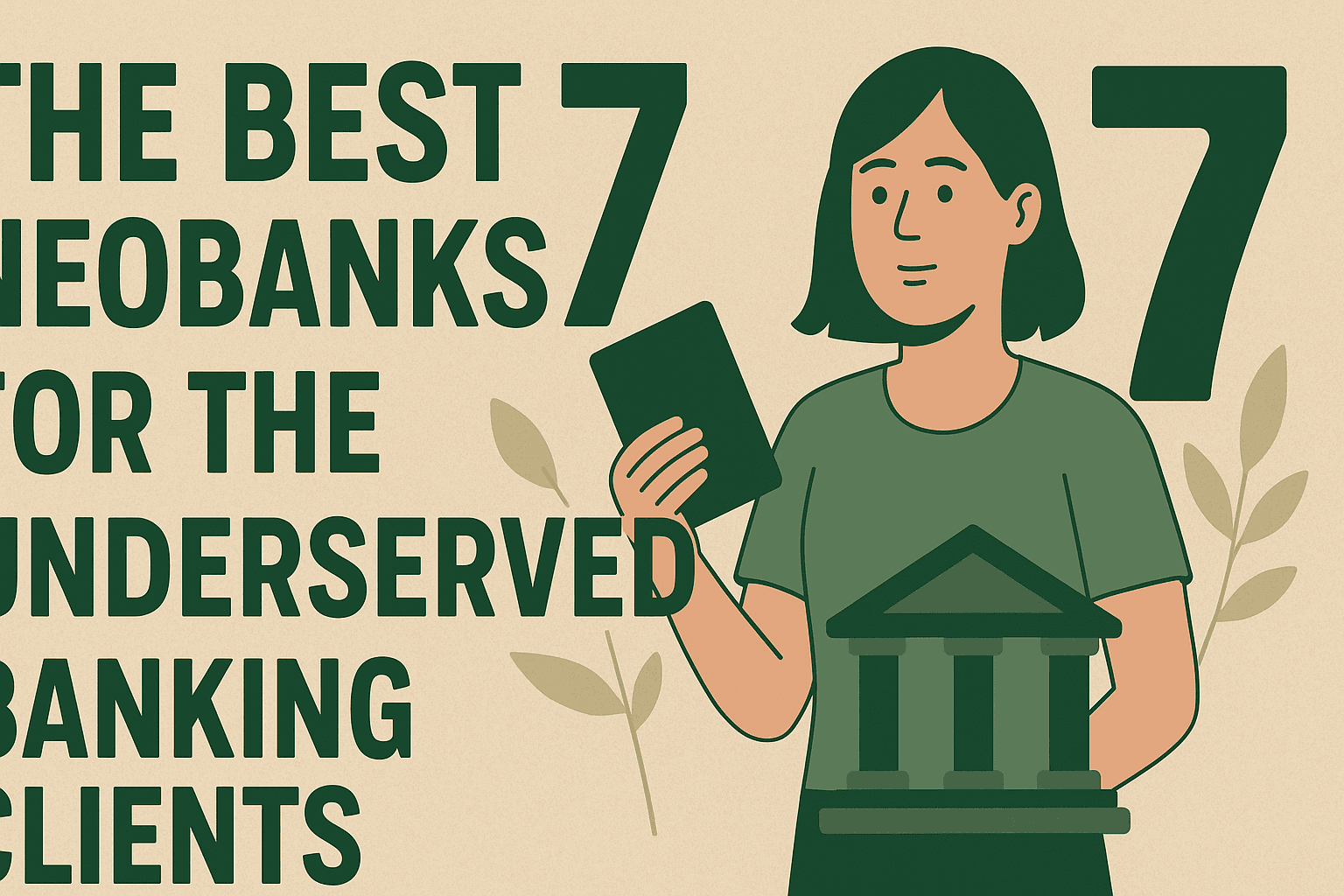

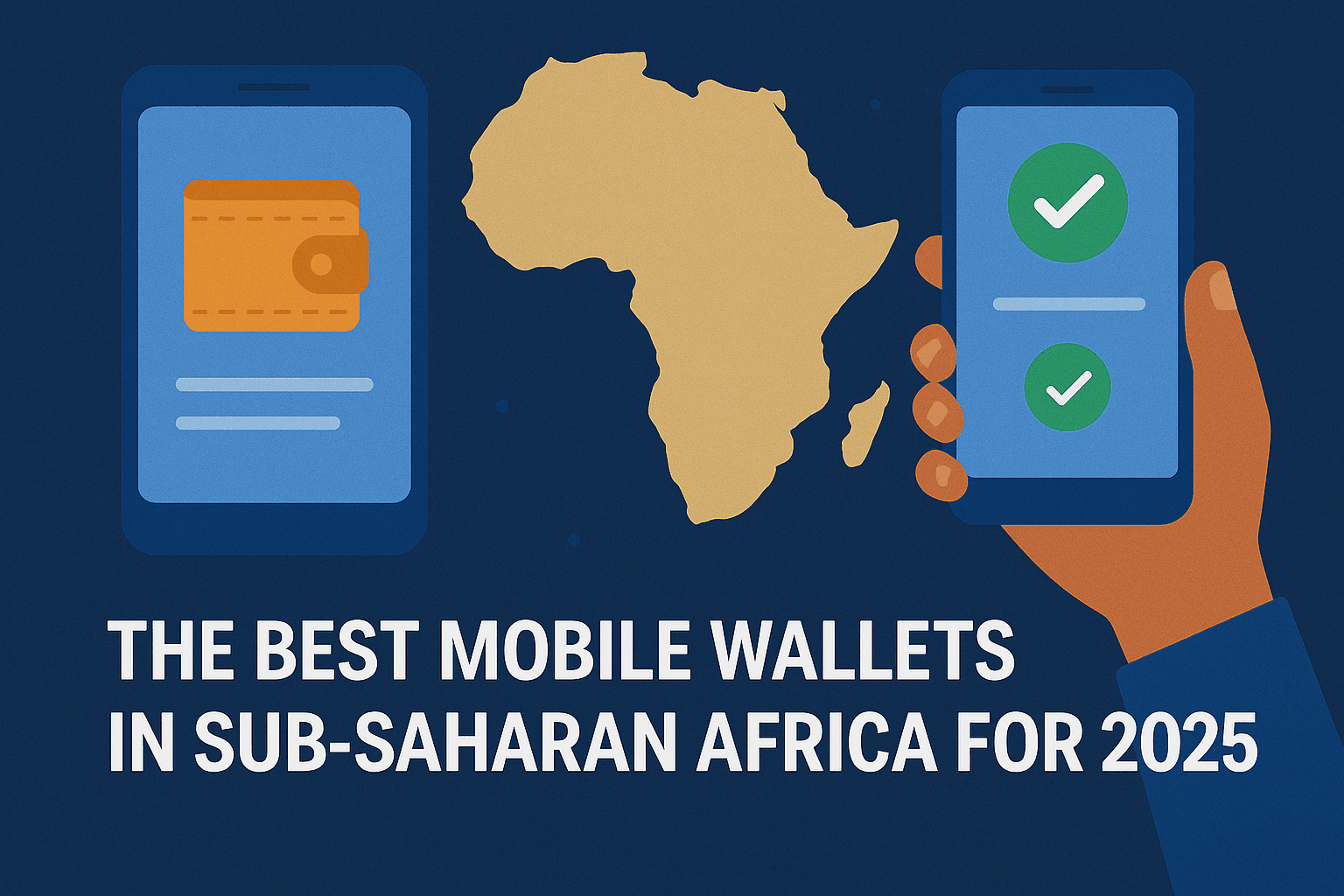
Greetings! Very helpful advice on this article! It is the little changes that make the biggest changes. Thanks a lot for sharing!